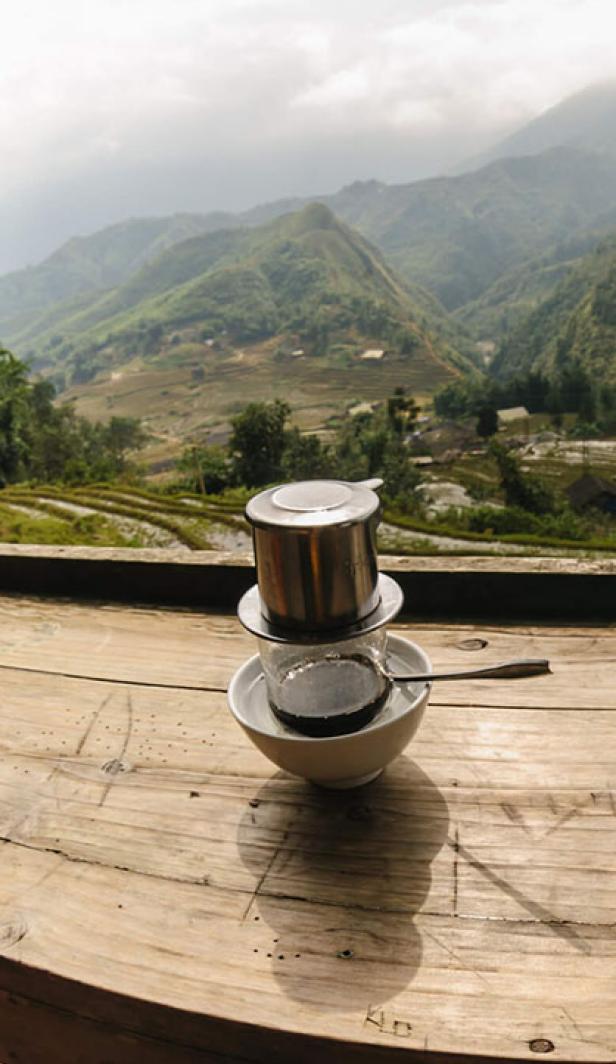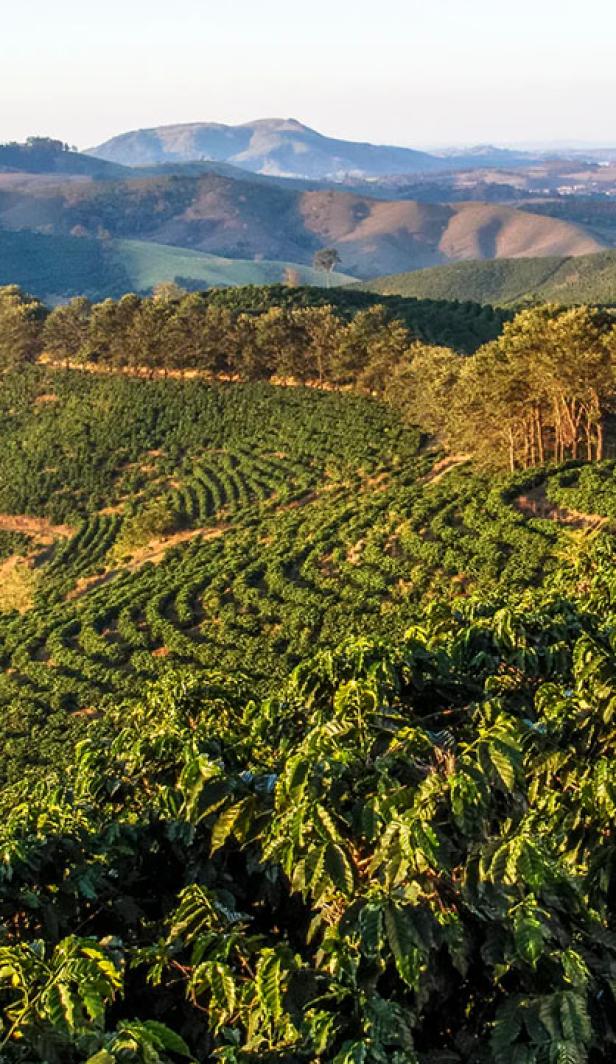The history of Spanish coffee
Before plunging into the coffee culture of Spain, it’s important to understand the part they played in the early days of the coffee industry. Spanish ships were actually a key part of the distribution of coffee and were responsible for carrying coffee plants and seeds to remote areas of the world where the plant wasn’t native. Interestingly, despite being key to distributing it, coffee wasn’t native to Spain at all and it came to the country via Turkish Immigrants.
Spain was also crucial in popularising coffee in Central and South America, as many chose to settle in the country and created huge coffee plantations. And, the Spanish growers based in Latin America soon became a huge part of the coffee export industry.
The original Spanish coffeehouse
Another interesting fact of the history of Spanish coffee is that during the late 19th century, coffeehouses were a far cry from the casual hotspots you see today. Back then, the local café was a place of status, a sophisticated locale for intellectuals, artists, poets, writers and philosophers. You’d expect buildings draped in luxury, boasting high ceilings, ornate furnishings and an atmosphere more akin to that of fine dining.
Spanish cafés today
Spanish cafés have come a long way since the sombre experience of previous years. Now, they’re lively places, social locations for the locals to get together, socialise and create and nourish friendships. Coffee to go is a rare concept in Spain, and as such, the Café is usually a bustling hotspot in any neighbourhood, filled with chatter and people whiling away their afternoons, watching the world go by whilst munching on delicious pastries and sipping on the country’s wonderful coffees.
The Spanish coffee roast
The Spanish roast is perhaps one of the darkest and strongest on the market. Known as Spanish Roast or Dark French Roast, the roast process yields very dark (almost black) beans which are oily in appearance. And, when brewed, the beans produce a very strong, almost charred taste.
Another roast native to Spain is Torrefacto, the method for producing this involves adding sugar to the coffee beans during the roasting process. When the sugar burns, it creates a shiny, black film and this coating protects the beans from oxidisation. However, this roast produces a very dark and bitter brew which is not commonly enjoyed by tourists.
Spanish coffee types
There are tonnes of delicious native Spanish coffees, so much so that you could go to a different café or bar each day and never have the same drink twice. Interestingly, unlike other countries, Spanish coffee is named after the amount of milk added, so it’s worth knowing the options out there so you don’t get caught out when ordering.
What is it?
Café Solo
The café solo is your standard single espresso. This is one of the most common types enjoyed in Spain, with the locals usually having a cup around 11am.
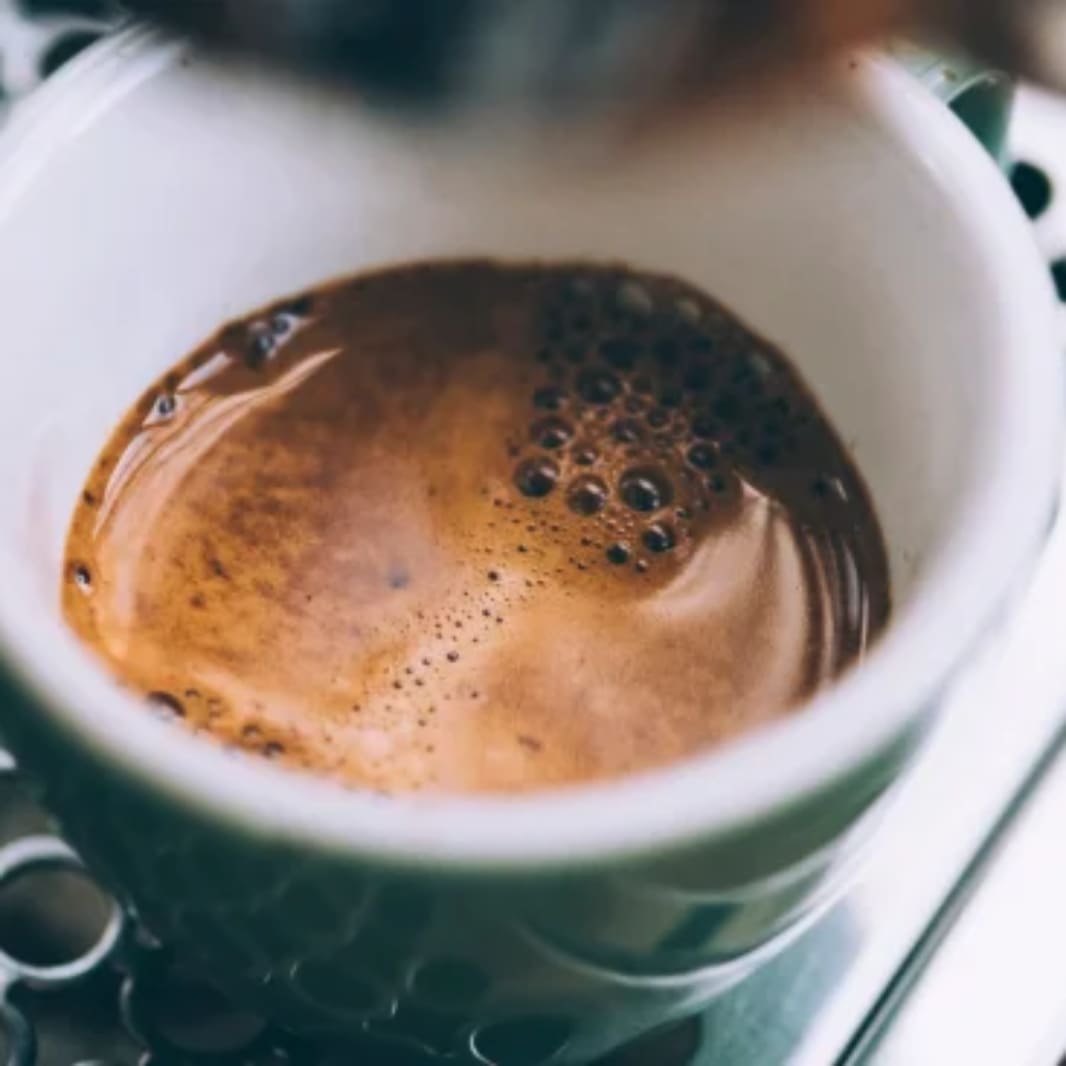
What is it?
Café Doble
If the café solo is too small of a cup for you, then the café doble is a double espresso.
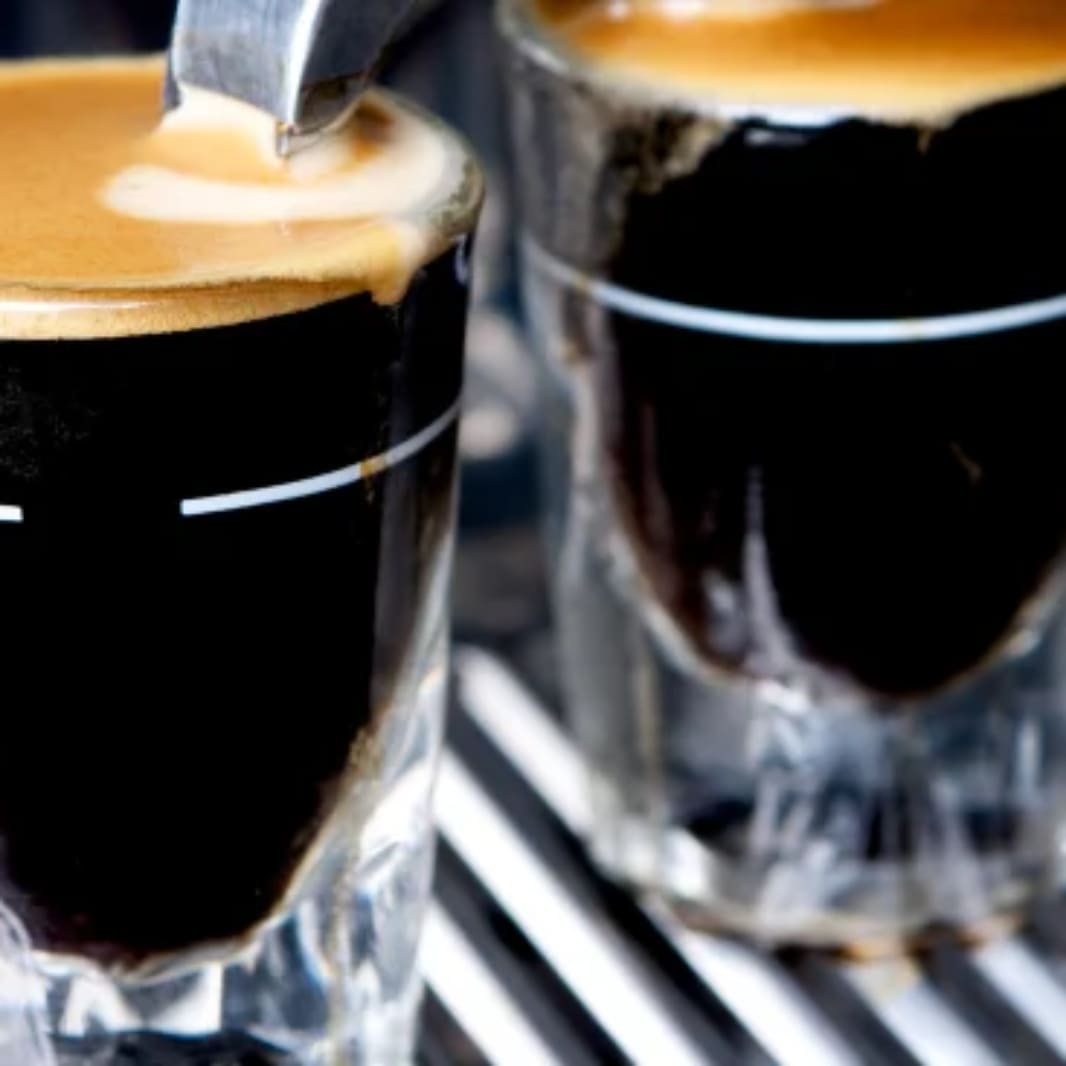
What is it?
Café con Leche
The café con leche is one of the most popular drinks for Spaniards at breakfast time, and many will also choose to end the day with this too. It’s usually served half milk, half coffee, but this may vary depending on the region.
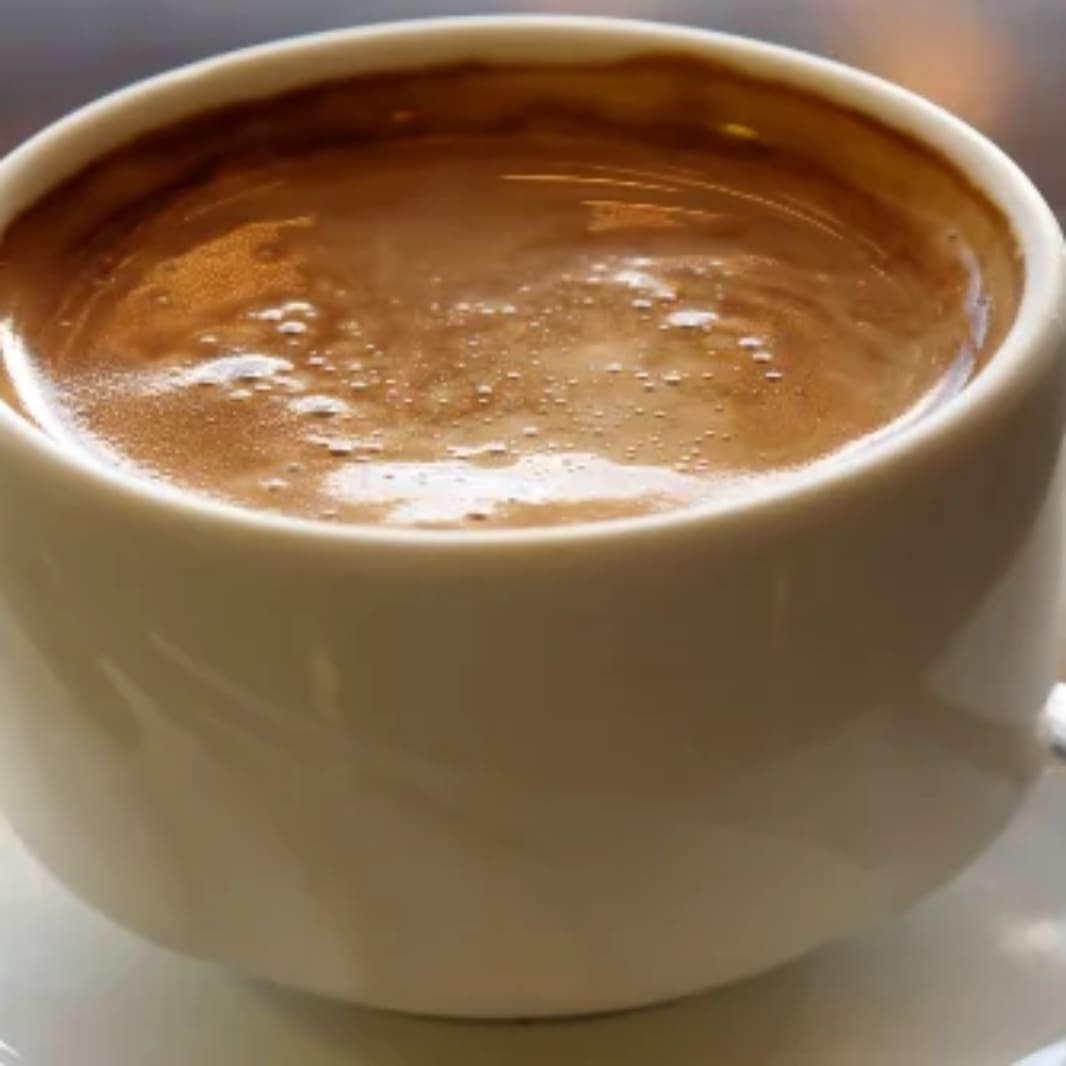
What is it?
Carajillo
In this Spanish coffee, the milk is replaced with alcohol! You’ll usually find the carajillo served with a drop of brandy, whisky or rum and it’s often enjoyed at night. If you’d rather a drop of milk added to the mix too, ask for a Trifasico.

What is it?
Café Bombon
The café bombon is one of the most indulgent Spanish coffees. Characterised as an espresso served with sweetened condensed milk, this drink is a hit for those with a sweet tooth.
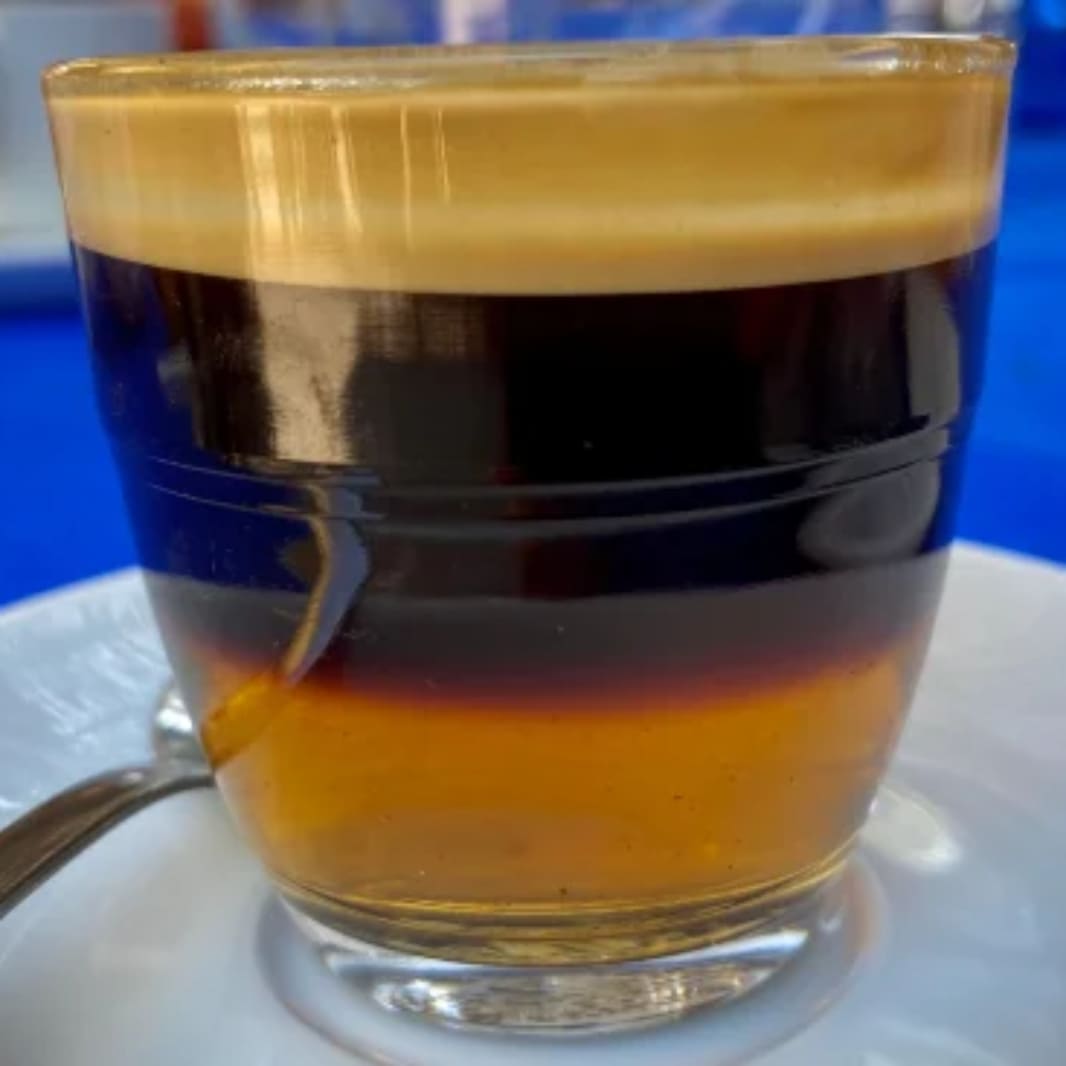
What is it?
Café Manchado
You’ll probably recognise this one as it’s very similar to a Café Macchiato. Essentially, it’s just a glass of milk, flavoured with a bit of coffee – perfect for those looking for something a little less strong.

What is it?
Café Americano
No matter where you go, you’ll usually come across a variant of the Americano. In Spain, it’s basically a large black coffee or a café solo with more water added.
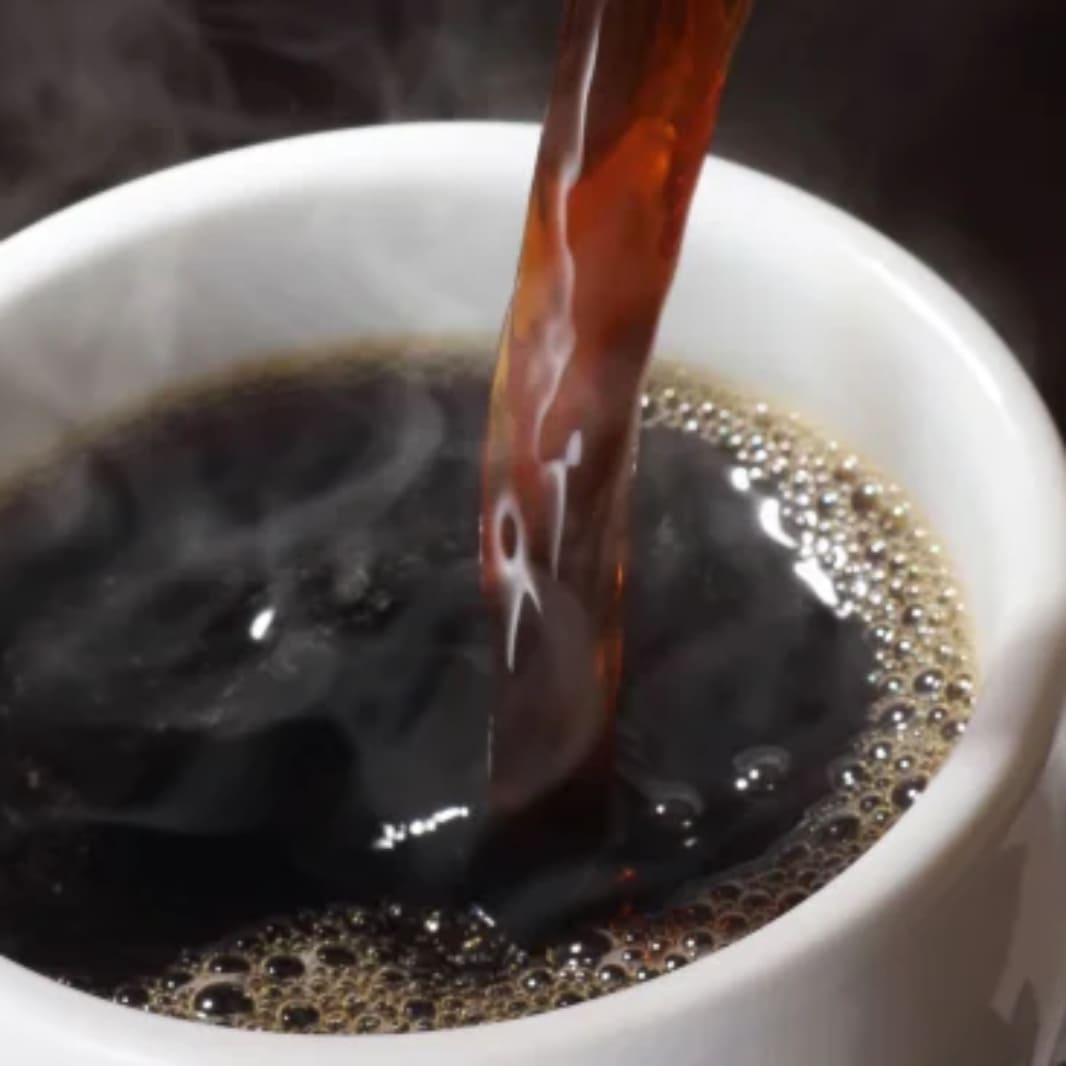
What is it?
Café Cortado
The cortado has been gaining fame in recent years and has been popping up in coffee shops all around the globe. This Spanish coffee is a café solo, served with a bit of milk, making it the perfect all-rounder.
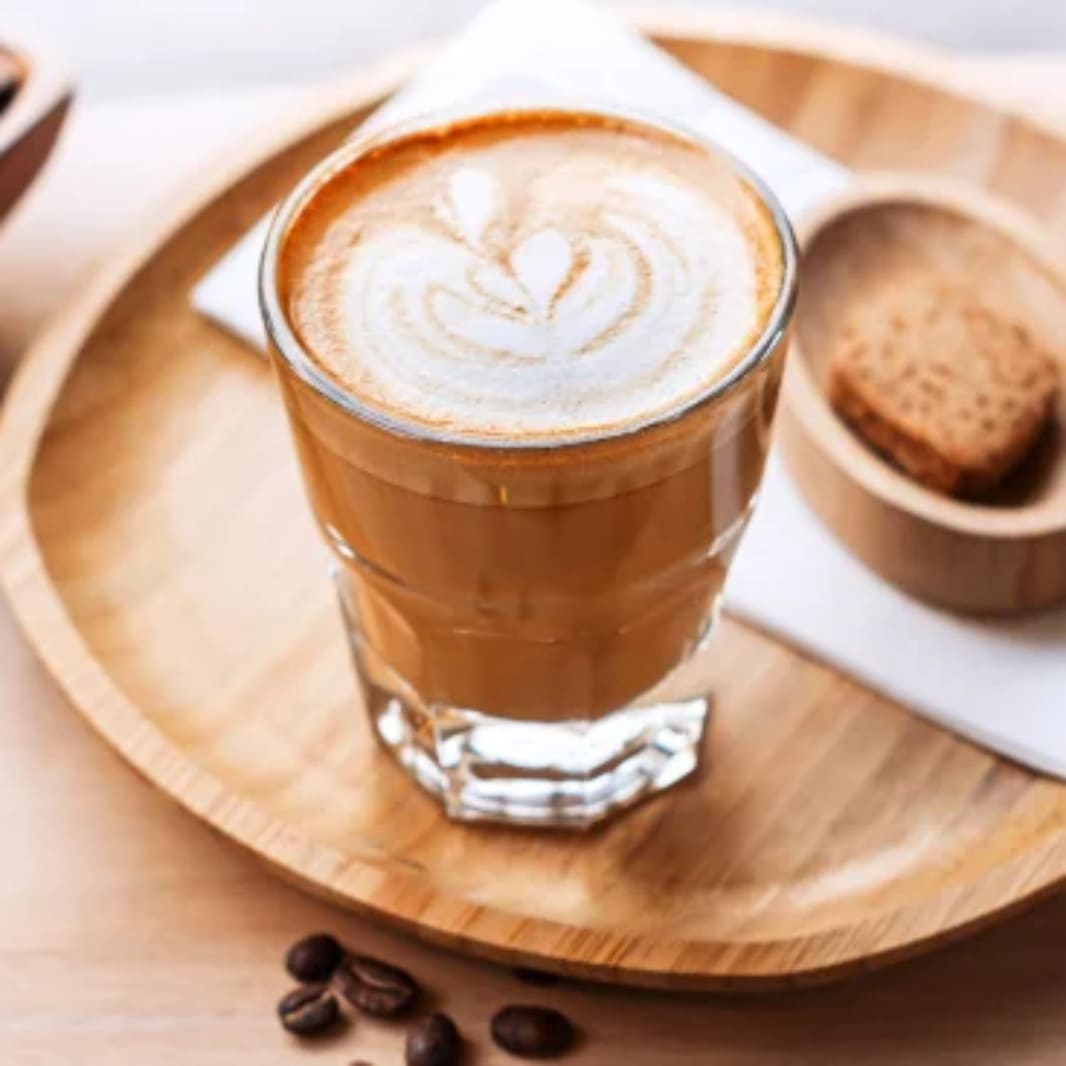
So that’s our guide to Spanish coffee and the culture that goes with it! Want to continue your adventure? Why not read our guide on Peruvian coffee next?
Today’s community favourites



